Biography
Born on March 2nd, 1904, Theodor Geisel was flooded with a rich history of German family culture. He spent his childhood beginning to create and perfect his distinctive caricatures at the Springfield Zoo in Massachusetts.


Young Theodor Geisel, Seuss In Springfield
"The house optimist knew that May-belle, Moselle and Ruthie were likely to be snaked at the past Carnivals. But he knows that Annibelle will be faithful this year.
He-My girl, why do you shake all over like a scared rabbit when I kiss you?
She-Sir THOSE are my emotions.
***
'O, Jack, I forgot to bring my skis.'
'Just like a woman. What d'ye think Carnival is anyhow,-a pettin' party?'"
-Theodor Geisel
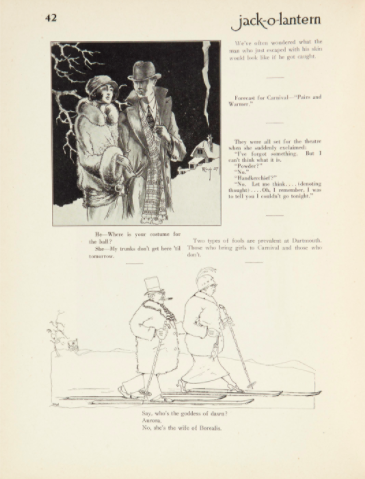
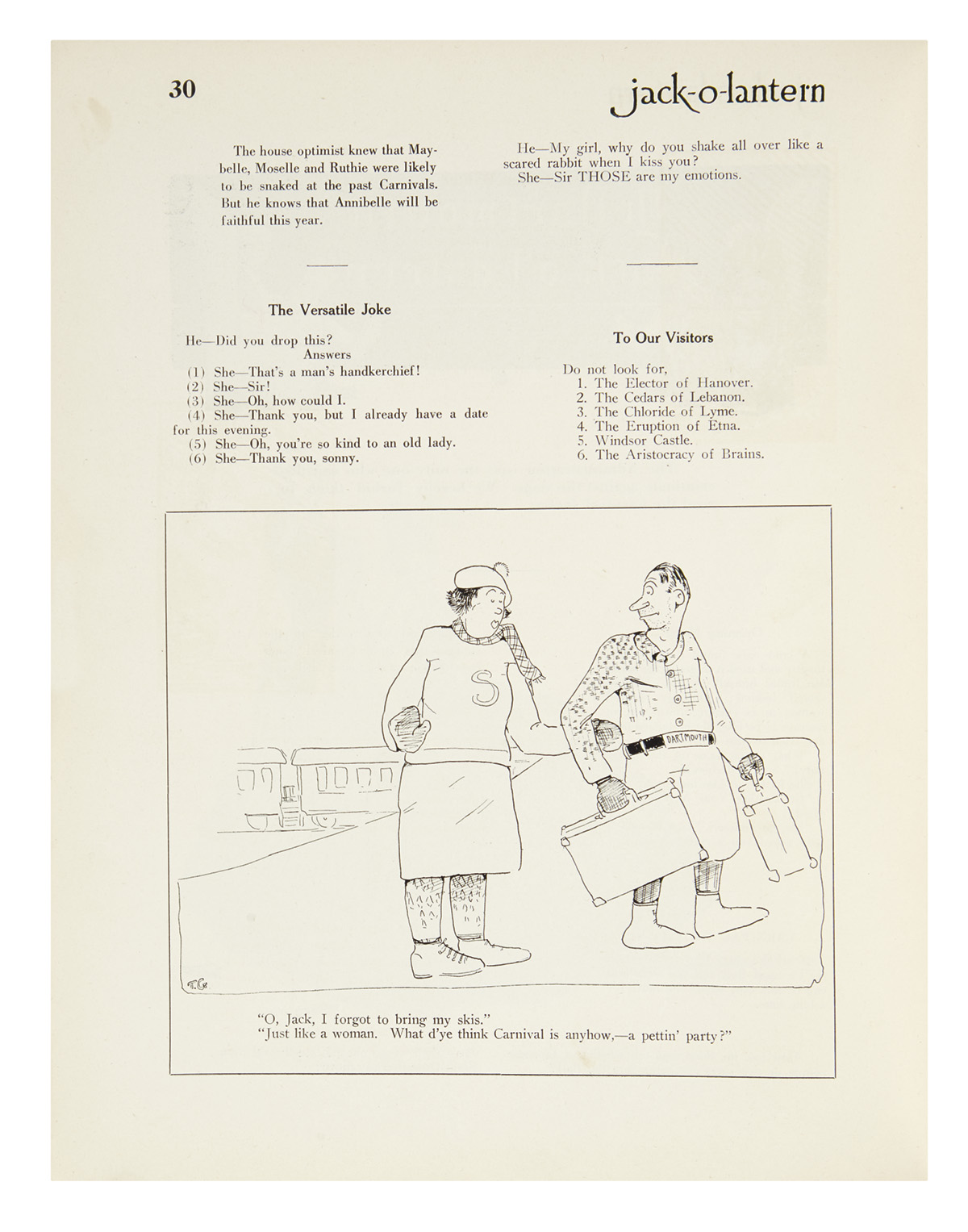
Excerpt from the Jack-O-Lanter, Seuss
He began his college experience at Dartmouth in the early 1920’s. Geisel discovered his true passion for entertaining when he began writing for The Jack-O-Lantern magazine at Dartmouth.
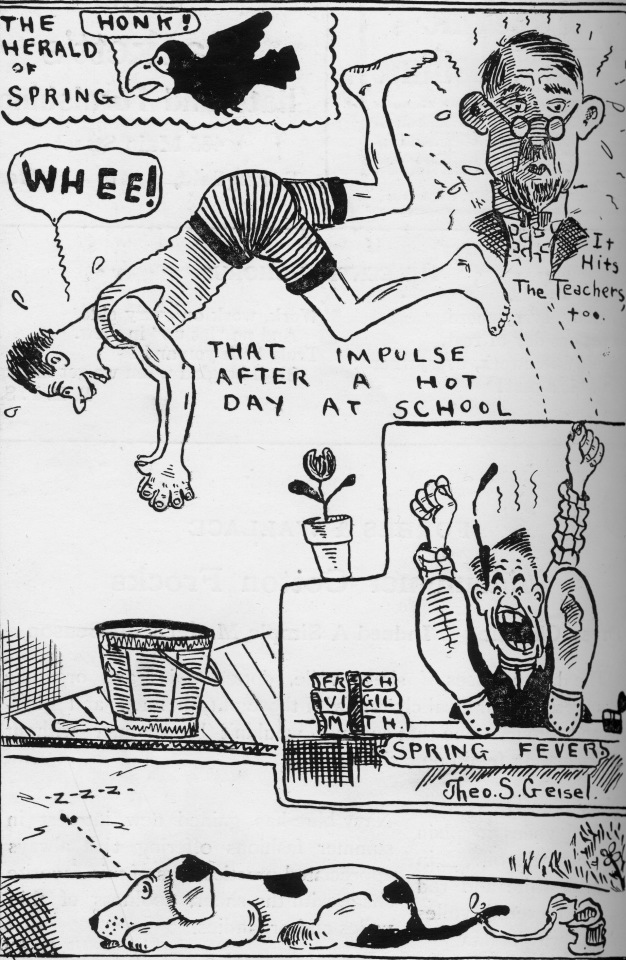
Cartoon by Theo S. Geisel, Joshua Barajas, PBS

T.S. Geisel as Editor in Chief, 1924, 1924 Jack-O-Lantern Magazine
"An incident...cost him his title of editor in chief [of Jack-O-Lanter], his work continued to appear under pseudonyms like L. Pasteur, or Thomas Mott Osborne...sometimes Ted would even use part of his own [Seuss]."
- Rhymes and Reasons Documentary
As an advertiser, Seuss illustrated cartoon advertisements for quite a few companies, including NBC, Flit, and Vanity Fair. He developed his specific way of designing his characters; they were fantasy-like, and continued the same style throughout his entire career as a political cartoonist and an author.
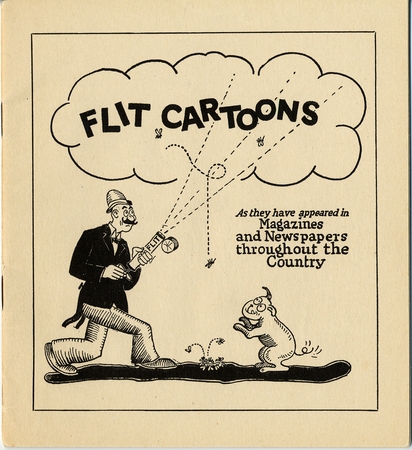
Advertisement for Flit, UC San Diego Library
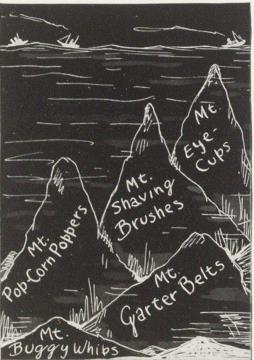
Advertisement for Best Sellers, Vanity Fair
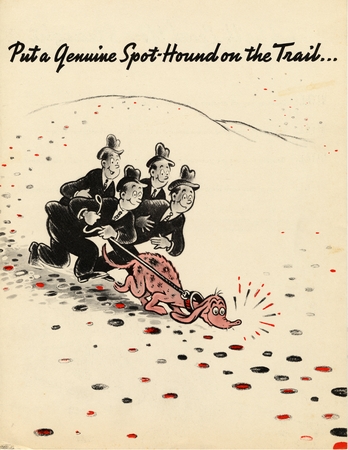
Advertisement for NBC, UC San Diego Library
As a cartoonist, Seuss created distinct intent in his illustrations: to make an audience of all ages understand the message of the cartoon, while simultaneously sparking joy. But as WWII struck, his message shifted as he illustrated darker topics, which were not appropriate for the wide audience he was accustomed to previously.

Illustrations in 1931, Vanity Fair